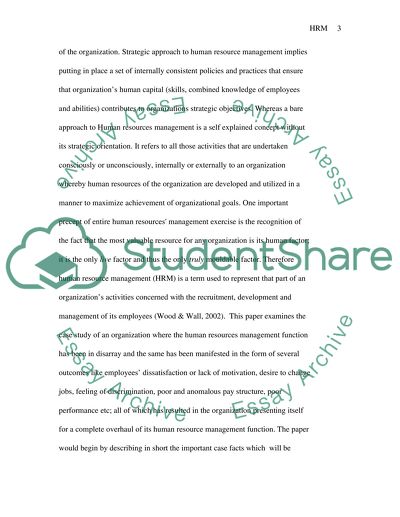Cite this document
(Human Resource Management Function and Strategy in Loxley Swimming Case Study, n.d.)
Human Resource Management Function and Strategy in Loxley Swimming Case Study. Retrieved from https://studentshare.org/human-resources/1502110-human-resource-management-assignment
Human Resource Management Function and Strategy in Loxley Swimming Case Study. Retrieved from https://studentshare.org/human-resources/1502110-human-resource-management-assignment
(Human Resource Management Function and Strategy in Loxley Swimming Case Study)
Human Resource Management Function and Strategy in Loxley Swimming Case Study. https://studentshare.org/human-resources/1502110-human-resource-management-assignment.
Human Resource Management Function and Strategy in Loxley Swimming Case Study. https://studentshare.org/human-resources/1502110-human-resource-management-assignment.
“Human Resource Management Function and Strategy in Loxley Swimming Case Study”, n.d. https://studentshare.org/human-resources/1502110-human-resource-management-assignment.


